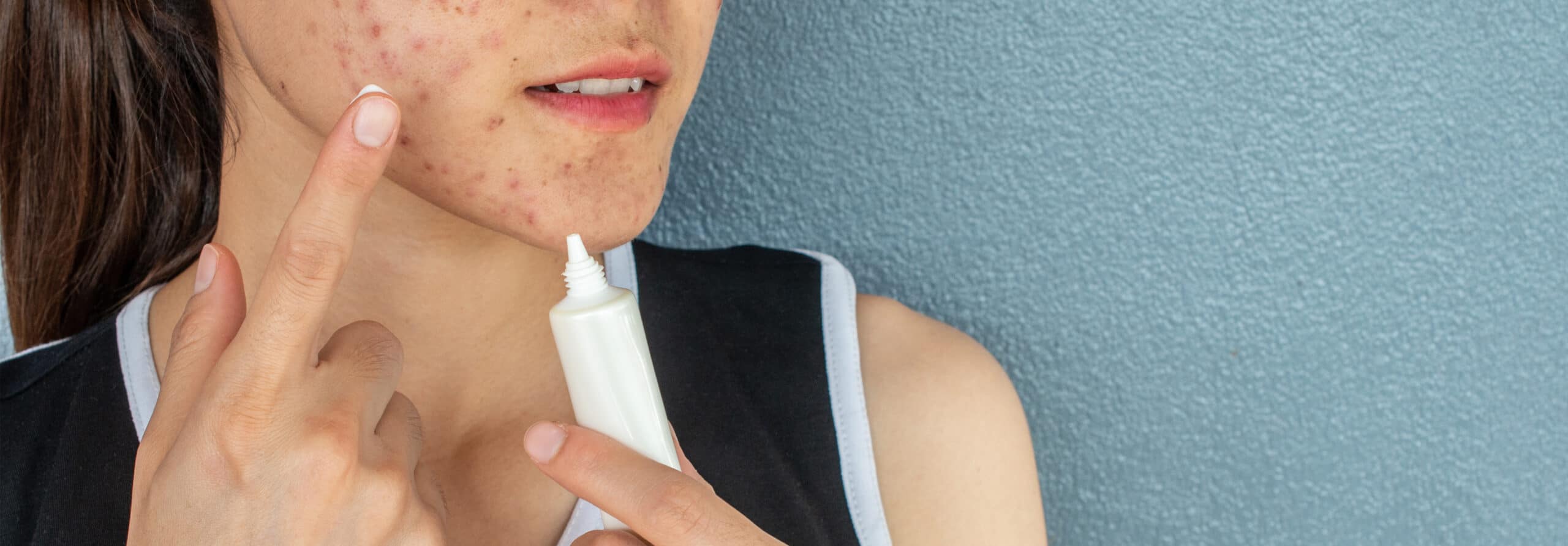Tretinoin Cream Treatment for Acne & Sun Damage
What is Tretinoin?
A derivative of vitamin A, tretinoin is a topical retinoid solution that works by irritating the cells of the skin to stimulate growth and increase the turnover and shedding of old, dead cells in the skin.
How Does Tretinoin Work?
Over time, this process not only rejuvenates the skin, but also removes signs of scarring and lightens the skin. It can also remove cells that have been damaged by the sun and may cause issues somewhere down the line for a patient.
Tretinoin vs. Retinol
While tretinoin and retinol can provide the same results, they are different substances and used for different types of skin. Tretinoin is a more aggressive topical agent then retinol and prescribed by a doctor. Tretinoin works best on those with oily or resilient skin. Another vitamin A derivative, retinol is typically used on those with sensitive skin or when a more aggressive solution is not necessary.
How to Apply Tretinoin
Tretinoin comes in gel and liquid forms and is applied by using the fingertips or a cotton ball to apply just enough to cover the affected area of skin.
The dose of tretinoin that you need will vary from case to case. Consult with your doctor and with your medication’s labels if you have questions.
Typically, tretinoin is applied once a day in adults. Use and dose in children and those over 50 should be determined by a doctor.
Is Tretinoin Safe for Pregnant or Breastfeeding Women?
Use of tretinoin during pregnancy may not be safe for the child and can affect breast milk as well. Patients who are breastfeeding, pregnant or planning to become pregnant should let their dermatologist know during consultation and before a doctor prescribes tretinoin.
What Are the Side Effects of Tretinoin?
Side effects from tretinoin can include:
- Burning, itching or redness of the skin
- Stinging and scaling
- Chapping or slight peeling
- Darkening of the skin
- Lightening of the skin
- Unusual dryness of skin
- Unusually warm skin
If any of these symptoms cause discomfort or last for an extended period of time, you should consult with your dermatologist as soon as possible.


